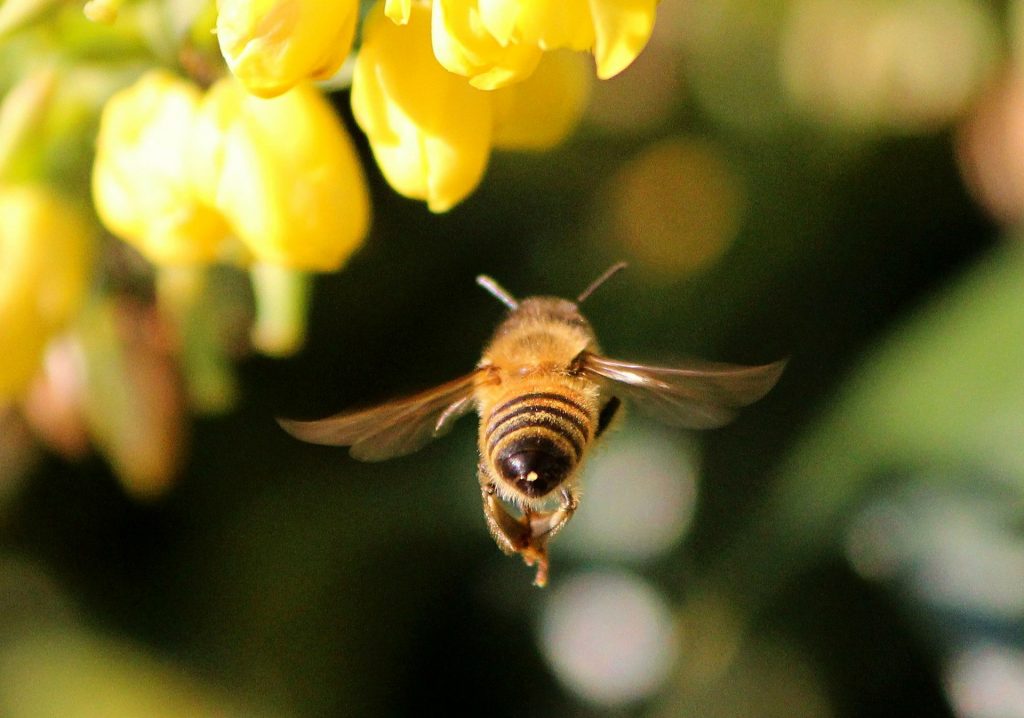A bite from a mosquito, or even a spider, is not so painful as the bee sting. Even though they do not last long, bee stings still are unpleasant. The sting of this small being is so painful and there surely is a reason for it!
According to WebMD, around 2 million people in the US are allergic to the bee venom and to the venom of other insects. However, even people that are not allergic are afraid of the bee sting because of the acute pain. We know that the pain only lasts for a moment (at the moment when the bee stings), but it does bring a lot of unpleasant responses as well. Such responses are the redness, swelling and a dull ache and these are characteristic for the bee sting.
Why does the bee sting hurt?
When a bee stings it releases a chemical called melittin into the skin of the person. The bee venom instantly triggers the pain receptors. These pain receptors provoke a burning sensation. Then, because the stinger of the bee is sharp, when it sticks into the person’s skin, it ousts from the bee and it stays in the skin. The longer the bee stinger stays in the skin, the more venom it releases.
The redness and swelling that appear after the sting are the response from your immune system. If you are not allergic, your immune system will send fluids towards the stung area with the purpose of flushing out the melittin. What remains is a dull pain that may last for several days. Luckily, this can be soothed with cold compressions or antihistamine.
How to react when stung by a bee?
Many people rush to the emergency departments of hospitals immediately after they are stung by a bee. However, unless if allergic, there is no need for this. You can treat the bee sting at home.
Remove the stinger
Firstly, using a blunt, dull-edged object, you can extract the stinger from the skin. Honeybee’s stinger should be removed as quickly as possible. The stinger and venom sack should be removed in order to prevent the further release of toxins into the skin. However, make sure not to use tweezers or something similar because they could squeeze or puncture the venom sack and make the symptoms worse.
Cool compress
When you get the stinger out of the skin, it is good to cool compress in order to ease the pain. In order to ease the itching and swelling, you can take orally an antihistamine, or apply it as a cream.
Elevate the area
Elevating the area can also come in handy when it comes to the reducing of swelling. This, however, depends on the location of the sting.


It’s nice that you pointed out how around 2 million people in the US are allergic to the bee venom and to the venom of other insects. We just discovered a bee hive on one of the trees in our yard and we are quite worried that someone in our family might get hurt because of it. This is obviously something that we should take care of as soon as possible, so we should call bee removal service.